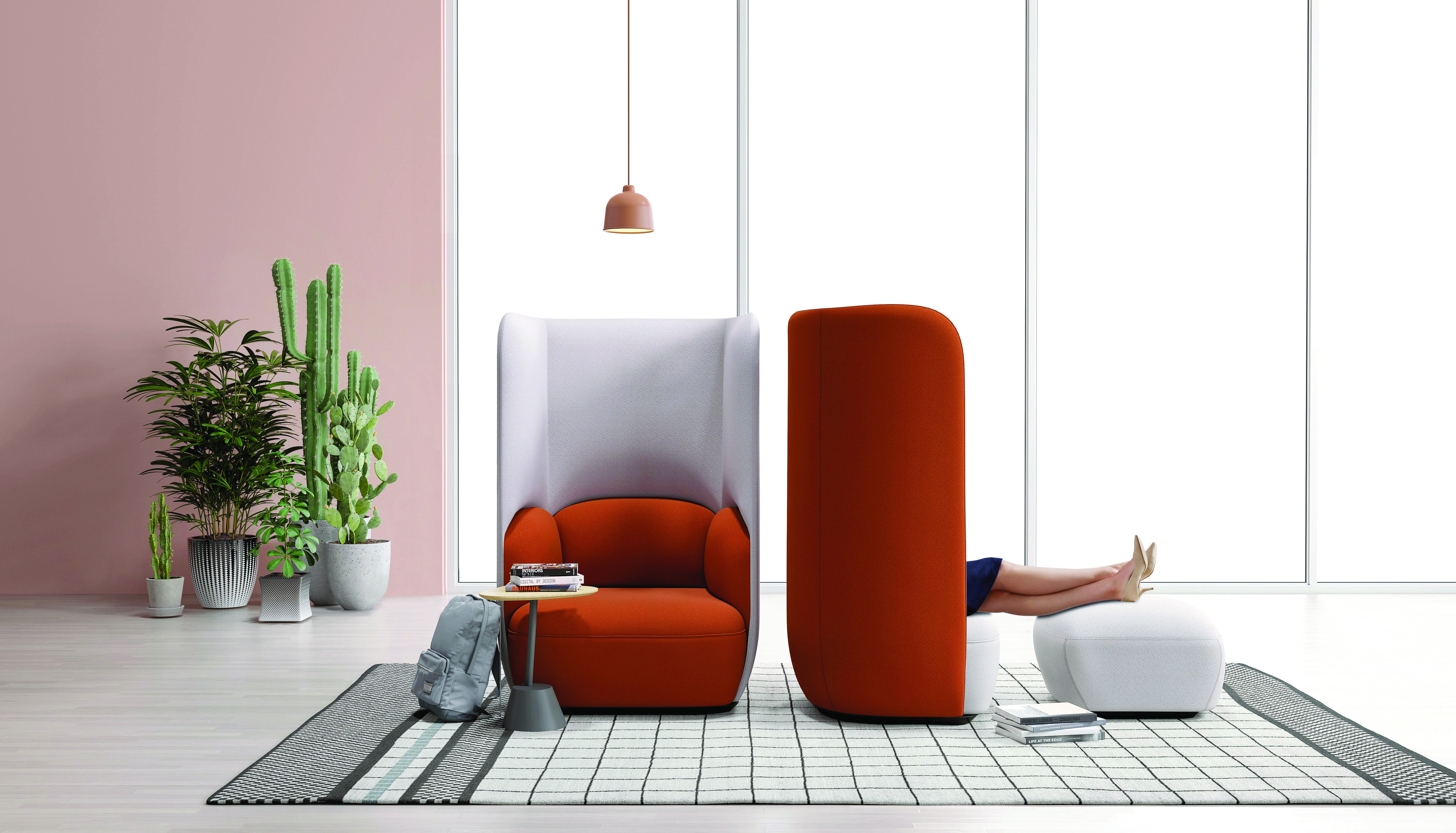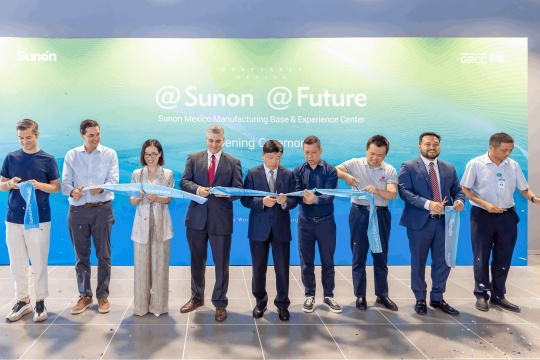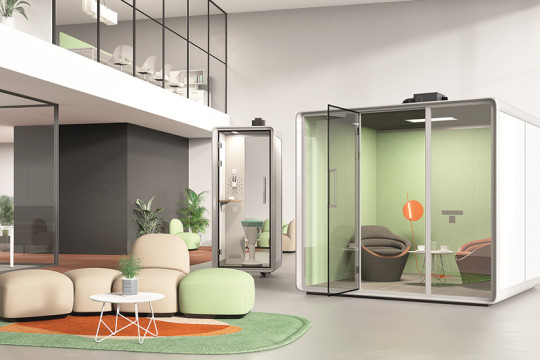People-first office design
Human-centered design is about solving problems for real people. But post-pandemic office design needs to go a step further. The question is not how people in offices work, but why should they come to the office in the first place?
In spite of all the focus on remote work, plenty of people want to come to the office – as long as the office meets their needs. Unfortunately, that’s not the case for nearly 60% of workplaces. Their 2022 survey of 14,000 office workers in nine countries found “just 43% of surveyed workplaces offer effective spaces and great workplace experiences; one-third have neither.”
What workers want
The consensus among workplace researchers is that most people come to the workplace looking for three things:
- Concentration
- Collaboration
- Connection
Concentration
As we all learned during the pandemic, home is not always an ideal place for focus. Kids, pets, noisy neighbors, solicitors – interruptions are a regular part of many people’s home lives.
Of course, noise and interruptions happen in the office, too, which is why smart companies create quiet zones. Immediately after the pandemic, people were eager to re-connect in person, so companies began adding social spaces.
But a 2022 Gensler survey uncovered a shift. The majority of respondents said the most important reason they come to the office now is to focus on their work. The conclusion: Office design should now strike a balance among supporting individual work, collaborative work, and socializing.

Collaboration
Data shows that office workers spend the majority of their time (42%) working with others (both virtually and in person), vs. 35% working alone. (The other 23% is spent learning and socializing.) They value workplaces that make virtual and in-person meetings easier and more effective: team rooms with current technology and whiteboards, informal spots for quick touchbases, enclaves for one-on-one conversations or small meetings.

Connection
Even the most dedicated work-from-home fans admit to missing the social aspects of work. In an indeed.com survey, 73% of respondents said socializing in person was the thing they missed most about being in the office. And for people who are new hires or just starting their careers, social gatherings help them build relationships, learn the company culture, and grow their networks.
Well-designed break areas, or in-between spaces where people can have a quick chat or informal meeting, help foster those interactions. Sure, colleagues can peer over cubicle walls or lean against a desk, but they prefer spaces designed for conversation.

Conclusion
Whether a company is fully in-office, hybrid or somewhere in between, the right space design can help increase productivity and employee satisfaction – even achieve the holy grail of having people want to come to the office.
For ideas of how to make the most of your space, see our Lookbook.


